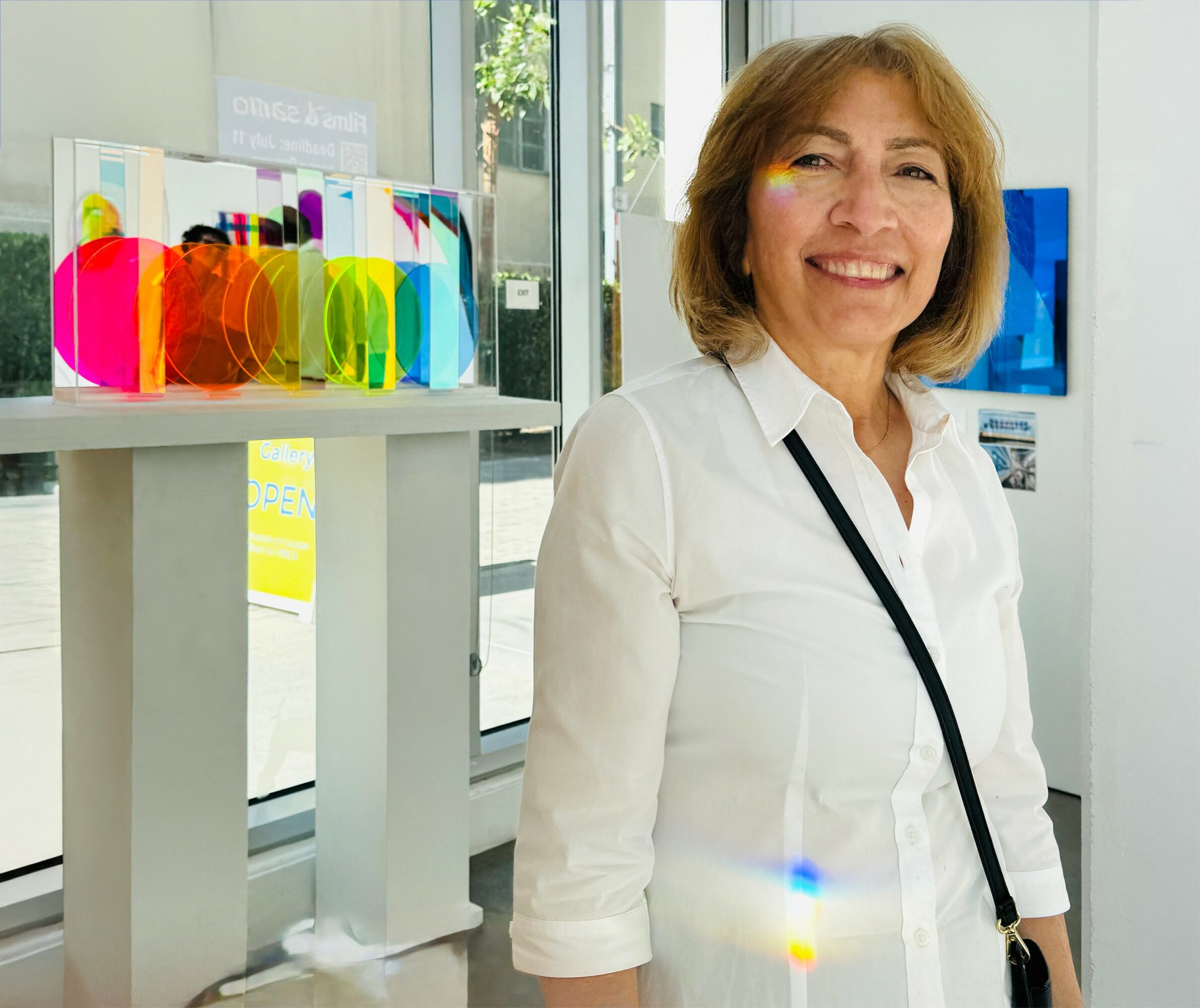

We recently had the chance to connect with Seda Saar and have shared our conversation below.
Good morning Seda, we’re so happy to have you here with us and we’d love to explore your story and how you think about life and legacy and so much more. So let’s start with a question we often ask: What makes you lose track of time—and find yourself again?
For me, it happens when I’m gazing into infinity—whether it’s the night sky full of stars, the shifting reflections of the Pacific, or the way light moves across the surfaces in my studio. In those moments, time dissolves. I forget the clock and feel reconnected to something larger and timeless. It’s the same state I enter when making art: layering color, bending light, or shaping form becomes a meditation where I lose myself and, at the same time, find the truest part of who I am.
Can you briefly introduce yourself and share what makes you or your brand unique?
I’m Seda Saar, an Armenian-American artist and designer based in Los Angeles. My work spans painting, sculpture, installation, and public art—rooted in a fascination with light, color, and geometry.
I began my career in interior architecture and later designed immersive environments for major studios, which taught me how deeply space shapes human experience. That training flows directly into my art: I create works that engage more than the eye, inviting the whole body and mind into an experience of light and space.
What makes my practice unique is the way I treat light as a living material. Using reflective surfaces, pigments, and layered structures, I create pieces that shift as you move around them—never static, always in dialogue with the viewer and the environment. Recent projects include Pacific Passage, a large-scale installation at San Diego International Airport that evokes the motion of Pacific Ocean waves and extends the legacy of Light and Space artists rooted in San Diego. I also presented Lumia: A Light Within, a solo exhibition where paintings and sculptures interacted with natural light to transform the gallery.
I’m currently shortlisted for the Hollywood Burbank Airport public art commission and engaged with other airport art opportunities. On the exhibition side, my recent project Color & Quirk at Cal Poly Pomona (on view through November 20) features several of my installations in a group exhibition curated by Michele Cairella Fillmore. Works such as Aurora Nova, Cosmic Heart, and Chroma Vibrations explore the shifting interplay of light and reflection, while Chroma 3 and Horizon, installed against black walls, create immersive auras that radiate beyond their forms. Together, these pieces highlight how geometry, color, and light transform space—placing my practice in dialogue with other contemporary artists exploring bold abstraction.
Across all of these opportunities, my goal remains the same: to create spaces where people can pause, reconnect with themselves, and experience a sense of wonder—whether for a fleeting moment or a lasting memory.
Amazing, so let’s take a moment to go back in time. Who taught you the most about work?
I’ve been shaped by both teachers and experiences. My early background in architecture and design taught me discipline and how to think spatially, while my years designing immersive environments for studios revealed the power of light and atmosphere.
Spiritually, studying energy healing with Dr. Alberto Villoldo and climbing sacred mountains with Andean shamans in Peru opened me to a different way of seeing—to treat light not only as physics, but as energy and presence. Yet more than anything, my work itself has been my greatest teacher. Each piece reveals something I didn’t know before, reminding me that the process is an ongoing dialogue of discovery.
I also feel the world itself has been a teacher. Life brings constant shifts—sometimes turbulent, sometimes luminous—and beauty can feel fragile within them. Yet I’ve come to see that art is not an escape from these realities but a way of balancing them. Working with light and color affirms life, offering moments of stillness and wonder that remind us of our shared capacity for imagination and compassion, and creating opportunities to walk in beauty.
When did you last change your mind about something important?
For many years, I thought of art and design as two separate worlds—one belonging to imagination and self-expression, the other to practicality and survival. Whenever life became uncertain, I would set aside my art to focus on design, convincing myself that design was more stable and reliable. But I’ve since changed my mind. I now understand that art and design are not opposites but two languages of the same vision. Design gave me discipline, spatial awareness, and the ability to shape environments, while art brings soul, meaning, and wonder. They feed each other, and together they make my practice whole.
With that realization came another shift: I used to think the real challenge was choosing between art and design. Now I see the true challenge is simply showing up, practicing, and not wasting time. Creativity is fragile; if I don’t give it space each day, it can slip away. I’ve learned that the difference between an idea and a finished work is often just the hours spent in discipline and focus. To create meaning in a world full of distraction and hardship, I have to keep making, no matter what.
In the end, I’ve realized that the real work is to keep showing up—because every moment spent creating is a moment reclaimed for light, hope, and possibility.
Sure, so let’s go deeper into your values and how you think. Is the public version of you the real you?
I’d like to believe so. My public and private selves are very close—both rooted in curiosity, reflection, and a love of light and space. Of course, in public I share the polished side of my work, while in private I carry the struggles, doubts, and long hours no one sees. (Though I often laugh about those struggles and share my mistakes, too!) What matters most is that I’m genuine when I talk to people. Because the work itself is deeply personal, when someone connects with it, they’re connecting to the real me.
I also think art has a way of revealing parts of us that words cannot. My public work shows my inner life, and in that sense the “public” me isn’t a performance—it’s simply an extension of who I truly am.
Okay, so before we go, let’s tackle one more area. If immortality were real, what would you build?
If immortality were real, I would build with light itself. I imagine creating vast structures that shift with the sky—works that stretch like constellations across the land, refracting sunrise into infinity and carrying the colors of dusk into night. Not monuments of stone or steel, but living architectures of reflection, where people could walk inside color, shadow, and atmosphere as if stepping into a dream.
I would want these works to endure, not as objects of power but as spaces of wonder—places where generations could pause, look upward, and remember that even within the weight of time, we are connected by light.
Contact Info:
- Website: https://www.studiosedasaar.com
- Instagram: @studiosedasaar
- Linkedin: https://www.linkedin.com/in/sedasaar/
- Twitter: https://x.com/studioseda
- Facebook: https://www.facebook.com/studiosedasaar/
- Other: https://sedasaar.myportfolio.com/
PW: Seda@design
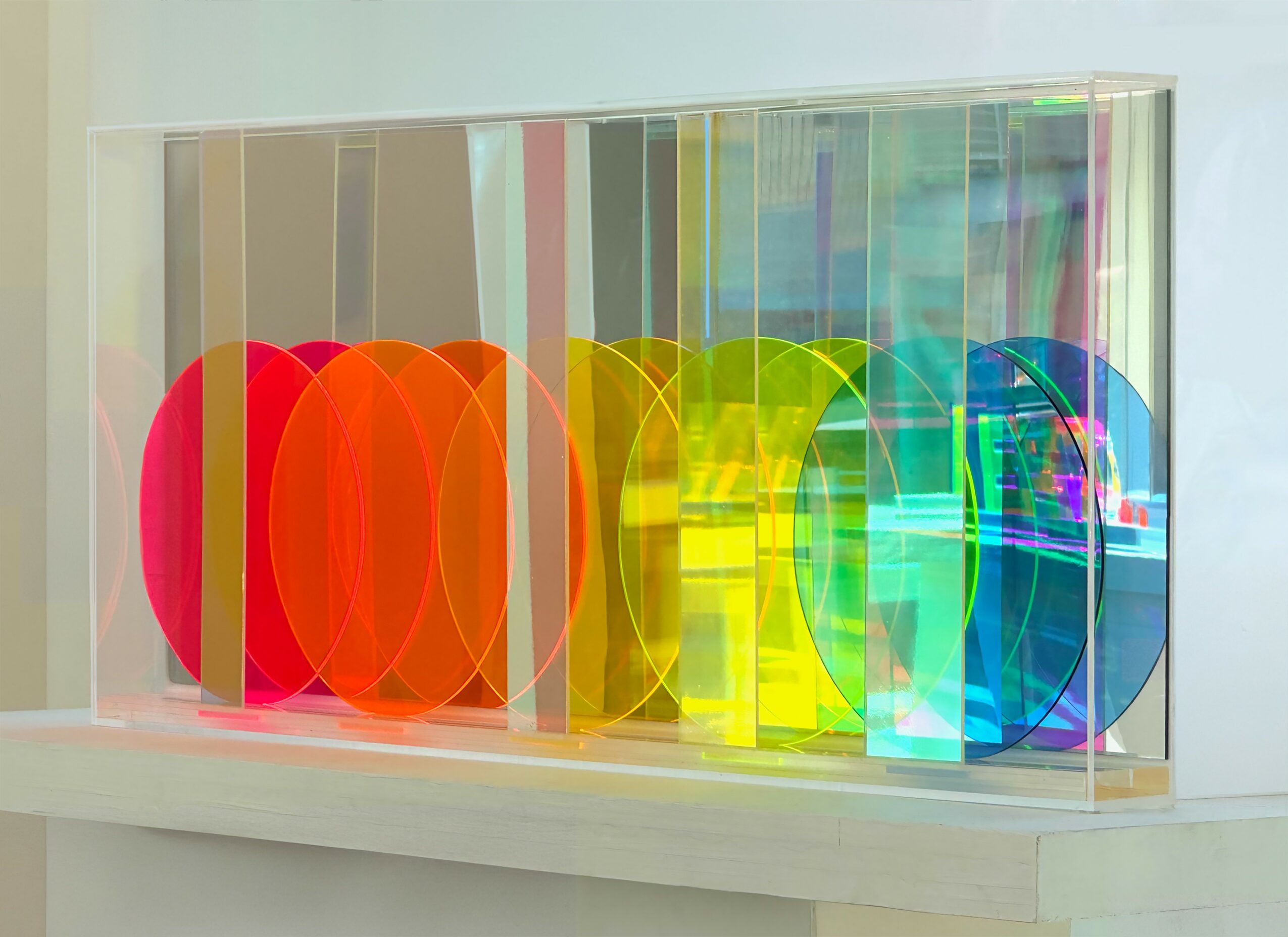
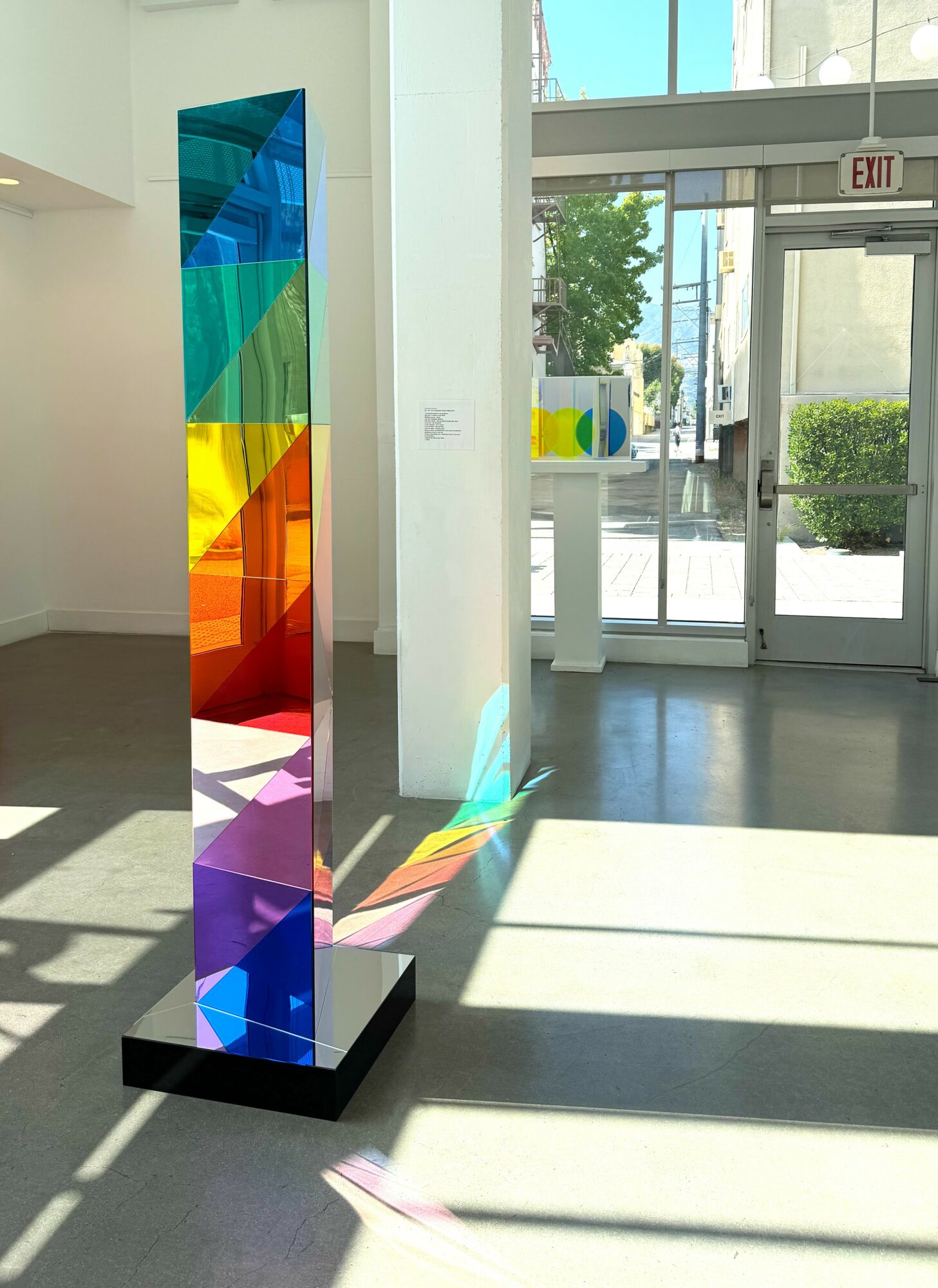
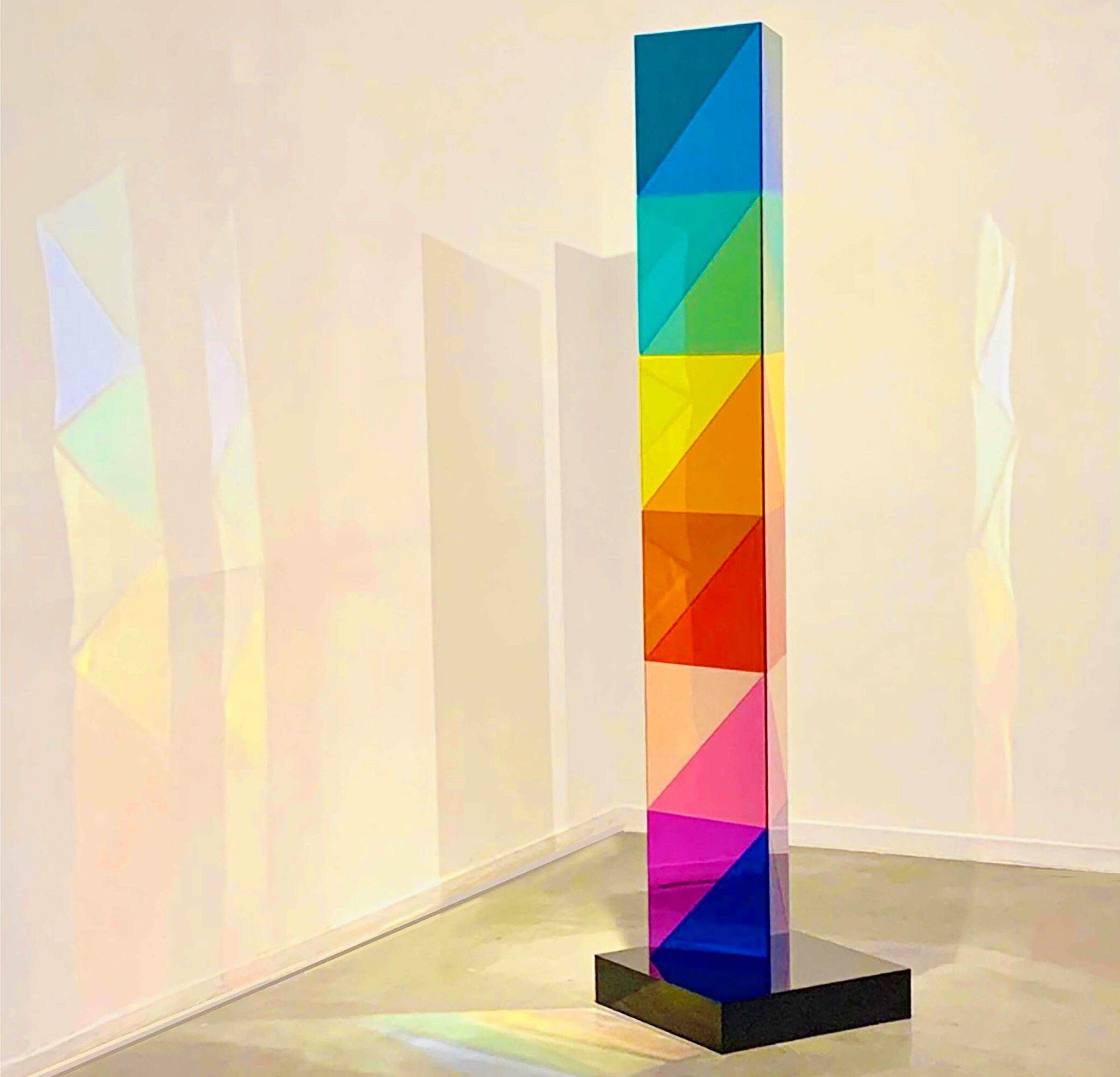
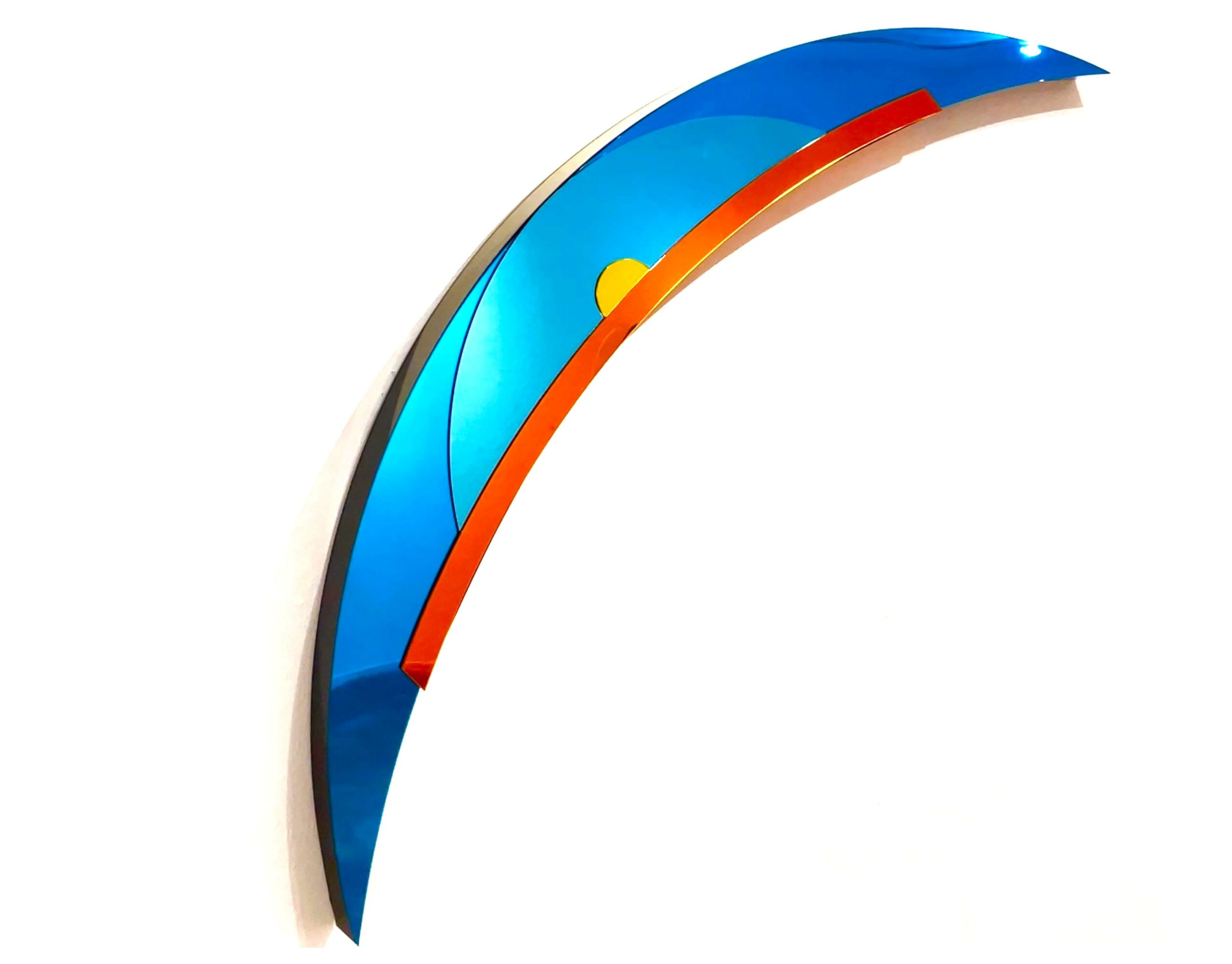
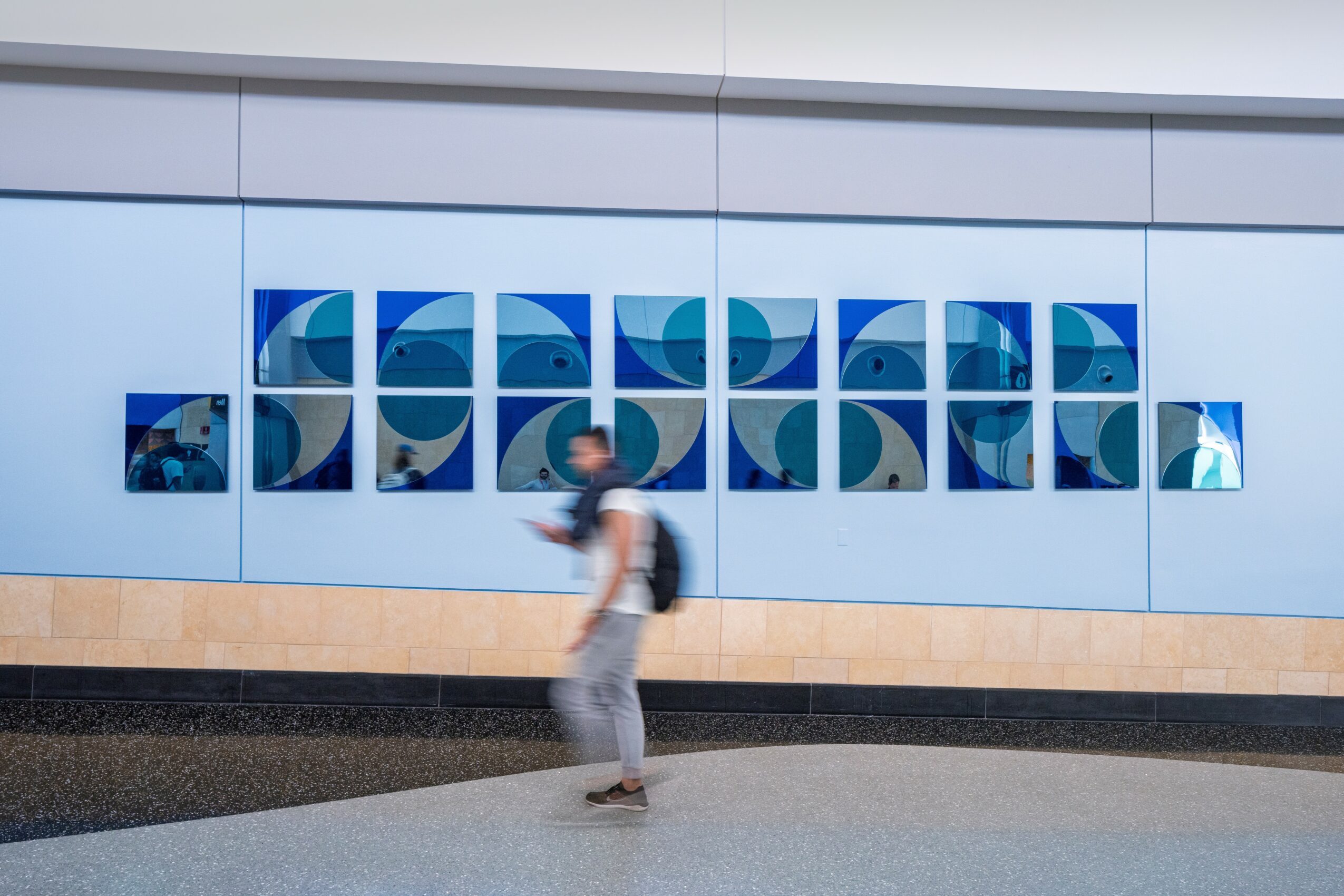
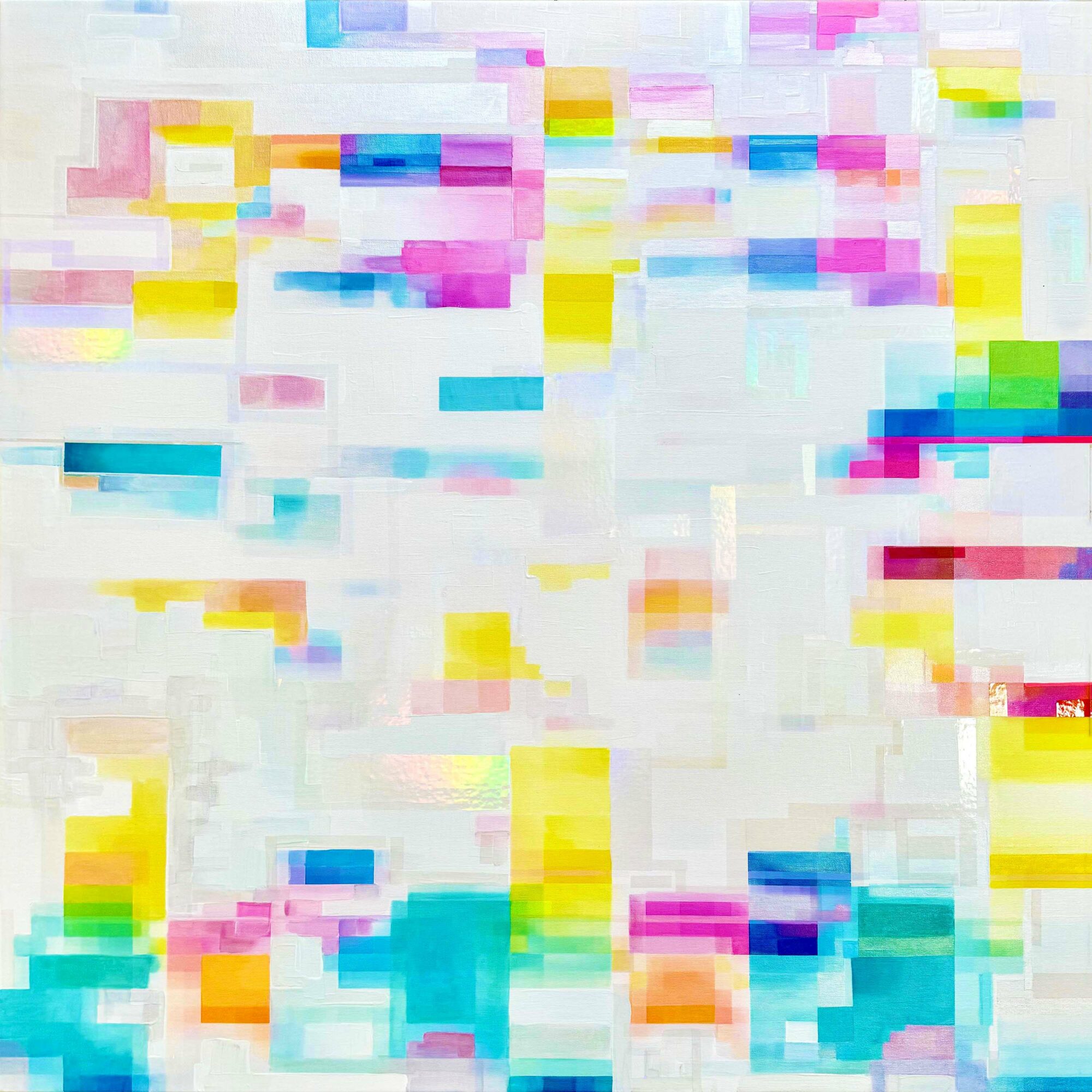
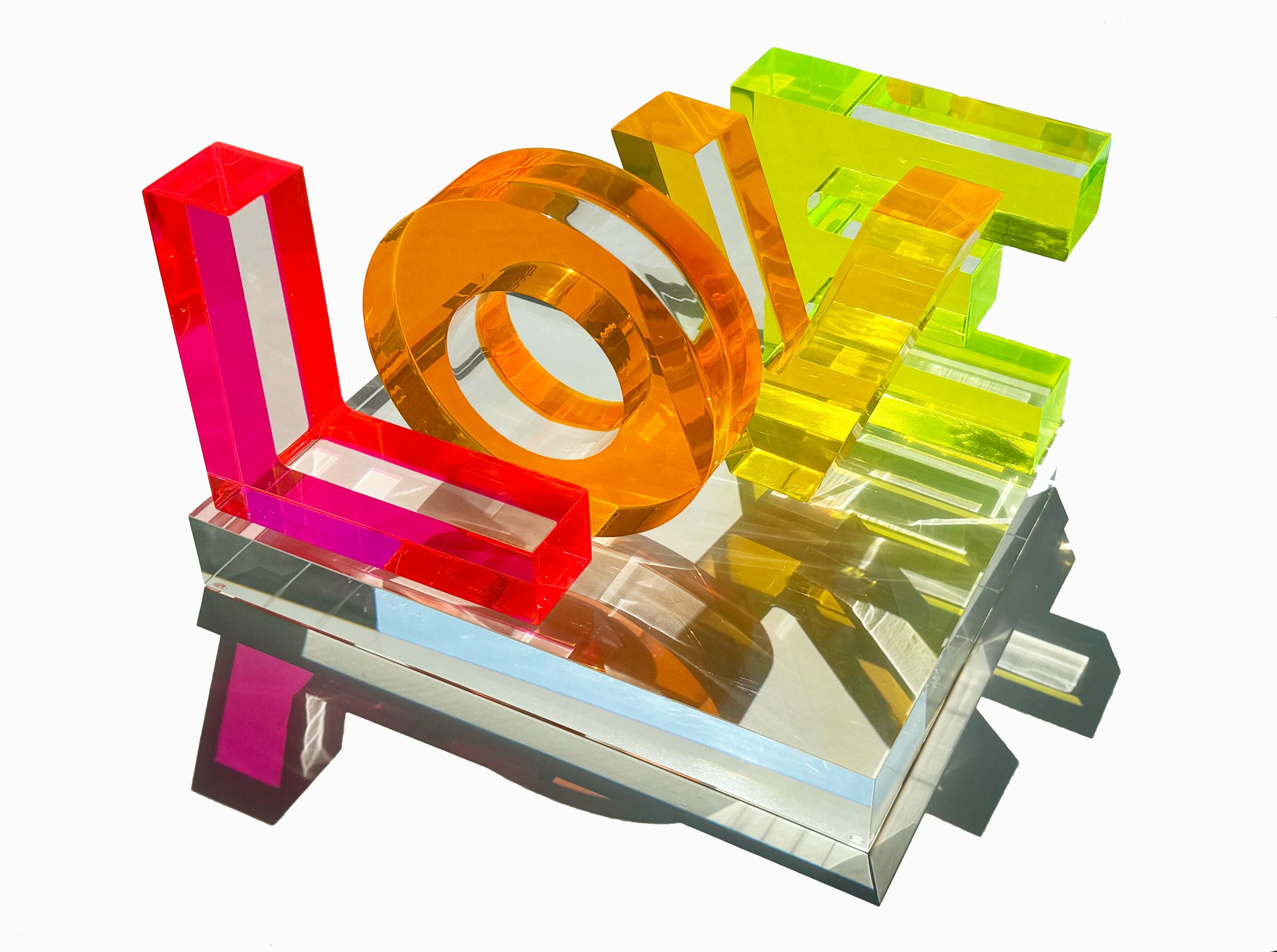
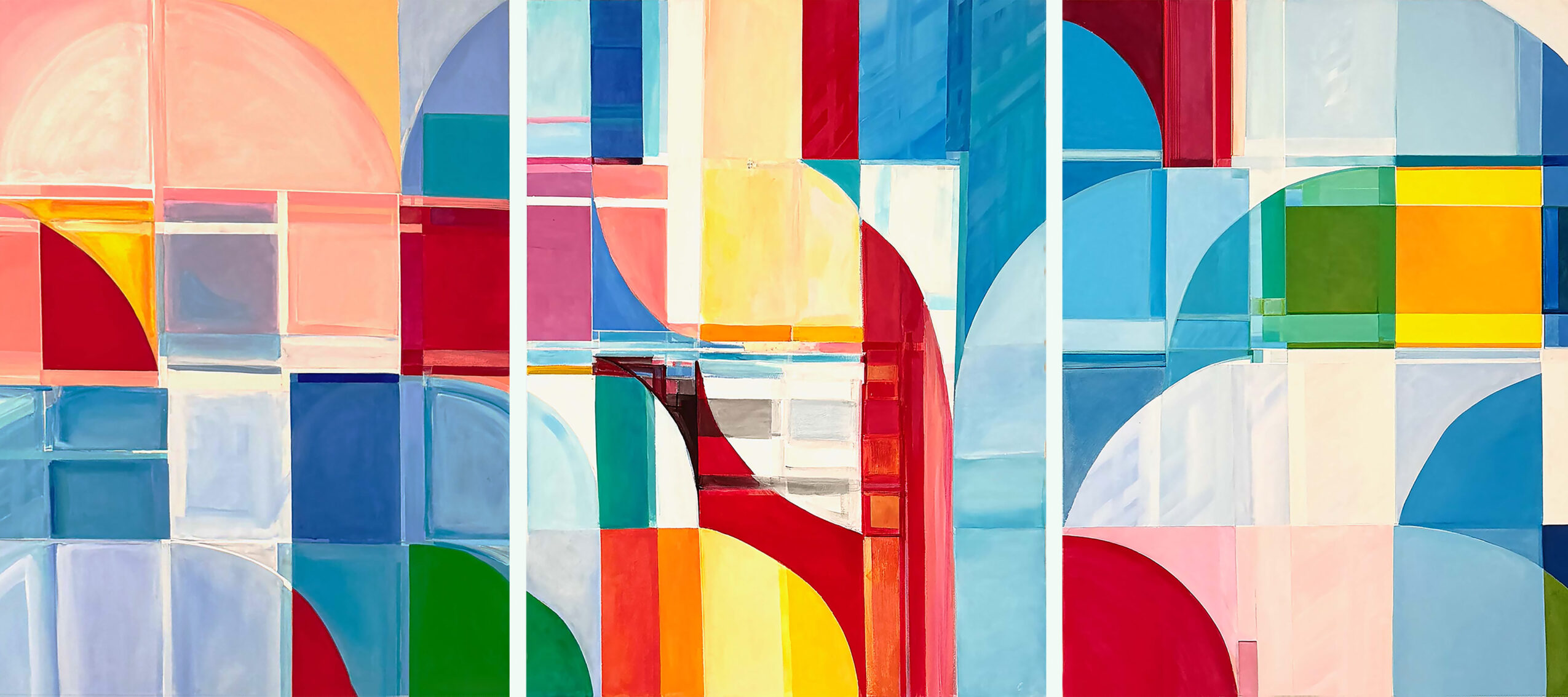
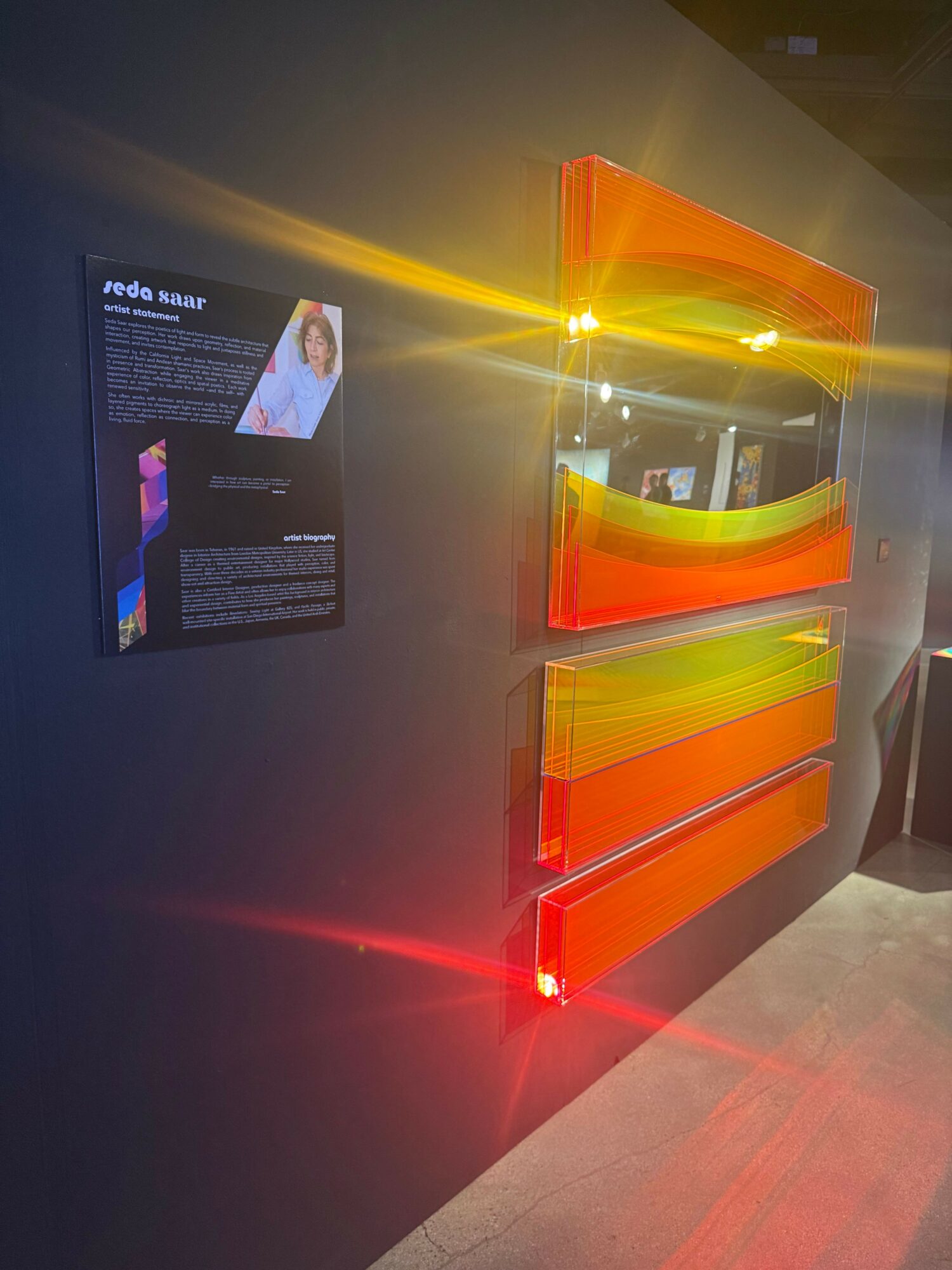
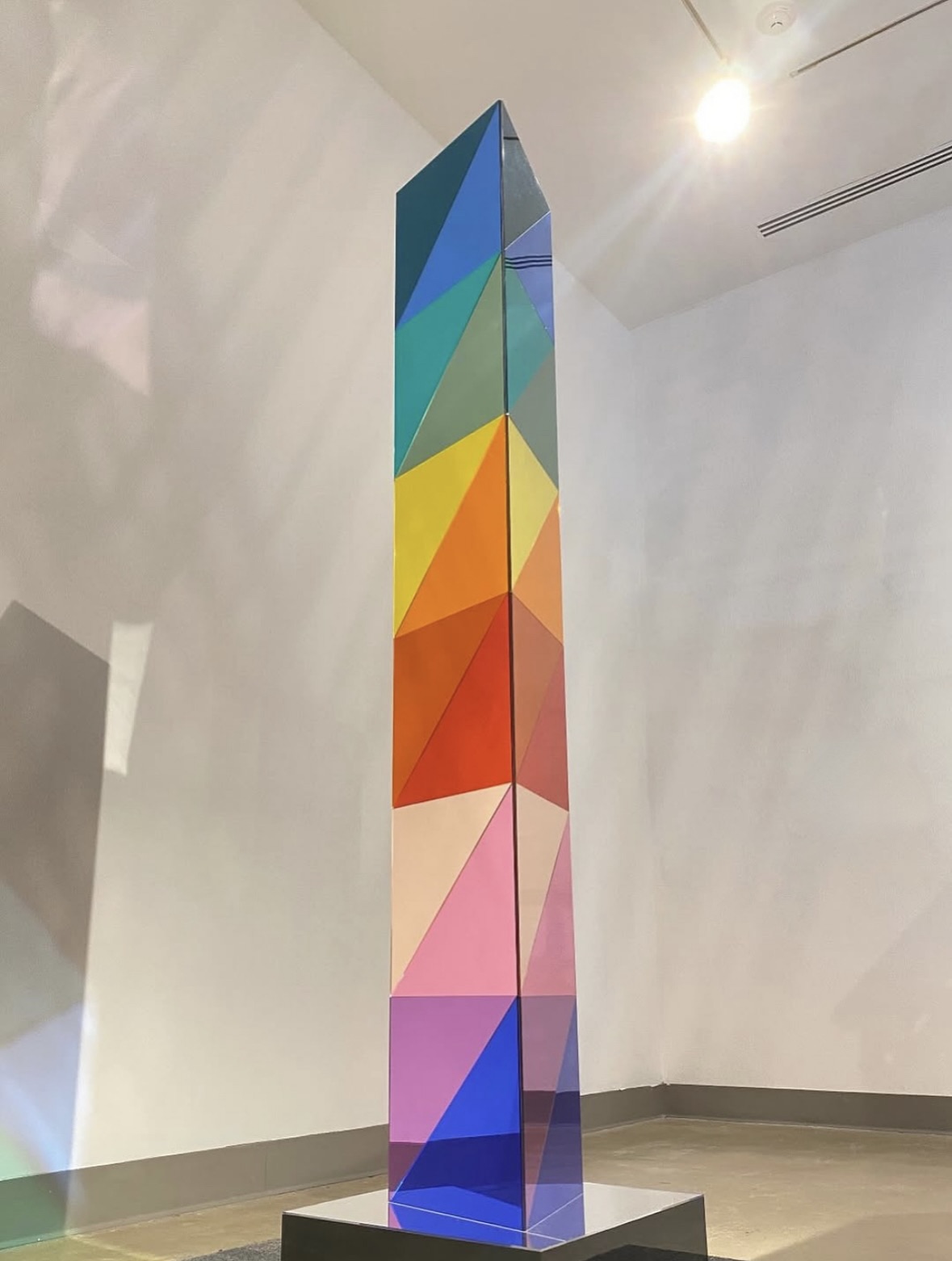
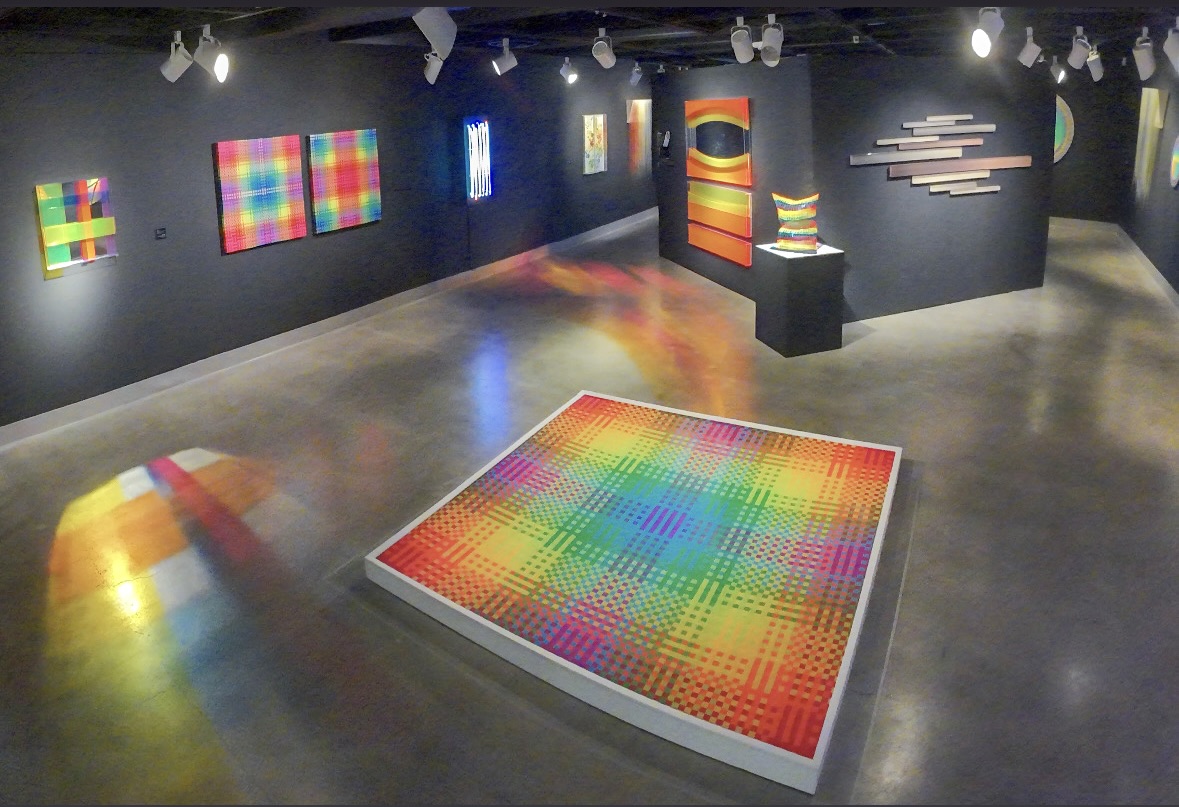
Image Credits
Pablo Mason photography , (Pacific Passage installation, San Diego International Airport )
Mel Lazarian- (Lumia exhibition portrait)
Aren Baghdasarian- (Horizon – Installation Image , Cal Poly Pomona)
Cal Poly Pomona (Color and Quirk installation images)














